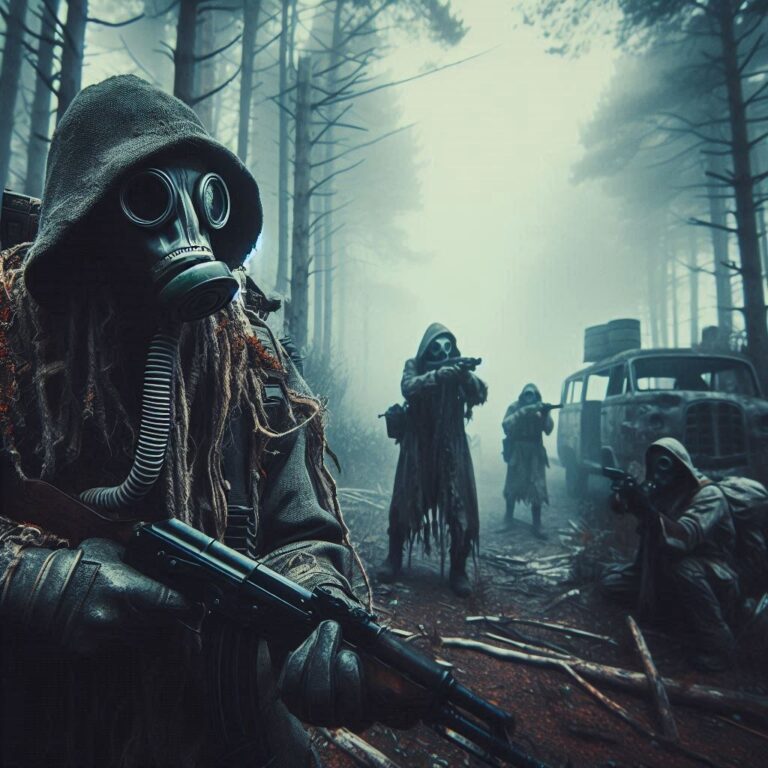The Rise of the Algorithmic Artist: A Journey Through AI and Creativity
The air crackled with anticipation. It was 1950, and deep within the halls of Bell Labs, Claude Shannon—a giant in the world of information theory—was unveiling a marvel that would change everything: a chess-playing machine. This was no ordinary calculator; it was a machine capable of strategy and intuition—a glimmer of artificial intelligence attempting to conquer the complexities of a game known for its creativity. While Shannon’s machine didn’t defeat grandmasters, it planted a question in the fertile ground of innovation: Can machines be truly creative?
Decades passed, and the canvas for this question began to expand. In the 1970s, the first strokes of AI-generated art appeared—not on traditional canvases but on computer screens. Enter Harold Cohen, a pioneering artist who created AARON, a program that could produce unique drawings. AARON’s abstract creations, brimming with intriguing patterns and forms, suggested a new frontier where algorithms translated code into compelling visual art.
But these early experiments were merely the tip of the iceberg. The landscape of AI art was set for a seismic shift with the advent of neural networks. Inspired by the human brain, these complex systems learn from massive datasets, uncovering patterns and relationships hidden from human perception. AI was no longer just following commands; it was learning to mimic, synthesize, and even reimagine artistic styles.
One of the defining moments of this new era came in 2015 with the launch of Google’s Deep Dream Generator. This captivating tool, powered by a neural network trained on millions of images, could transform ordinary photographs into surreal dreamscapes filled with strange creatures and swirling patterns. The results were both mesmerizing and unsettling—a glimpse into the subconscious of a machine. It ignited a global fascination with the possibilities of AI in art.
While Deep Dream opened a window to AI’s abstract inner workings, the emergence of Generative Adversarial Networks (GANs) in the late 2010s marked a turn toward deliberate creation. GANs operate like a digital tug-of-war between two neural networks: the “generator,” which attempts to create realistic images, and the “discriminator,” which critiques them, forcing the generator to refine its output. The outcome? AI that can produce artwork that is stunningly realistic and entirely original.
The art world took notice. In 2018, a GAN-generated portrait titled “Edmond de Belamy” shocked the world by selling at Christie’s auction house for a staggering $432,500. This was a watershed moment, propelling AI art from the fringes of experimentation into the mainstream art market and sparking fierce debates about the nature of art, authorship, and creativity itself.
Yet, the story of AI in art is not merely about million-dollar auctions or technical marvels; it’s also about democratization and the expansion of creative possibilities. Tools like DALL-E 2, Midjourney, and Stable Diffusion have brought the power of AI art generation to anyone with an internet connection.
Suddenly, anyone can type a few words—a “prompt”—and watch in real time as AI brings their imagination to life in stunning detail. From whimsical illustrations and photorealistic landscapes to abstract masterpieces, these tools are empowering a new generation of creators. They are shattering the myth that creativity is an exclusively human domain.
The ripples of this technological revolution are being felt across creative industries. Graphic designers are leveraging AI for logo creation and marketing materials. Architects are exploring innovative building designs conceived by algorithms. Musicians are collaborating with AI to compose unique melodies and soundscapes. The lines between human and machine creativity are becoming increasingly blurred, leading to thrilling collaborations and a paradigm shift in how we perceive art and its creation.
However, this brave new world is not without its challenges. Questions about copyright, the role of human artists in an AI-driven landscape, and the potential misuse of these powerful tools are at the forefront of an ongoing dialogue.
As we journey further into the uncharted territory of AI-generated art, one thing remains certain: the narrative of AI and creativity is still unfolding. The future holds boundless possibilities, but it’s essential to approach this new era with both wonder and critical thought. We must ensure that AI remains a tool for empowerment, expression, and the enhancement of human creativity—not a replacement for it. The canvas of the future is vast and waiting to be filled. Together, with our algorithmic collaborators, we will paint its masterpiece.
